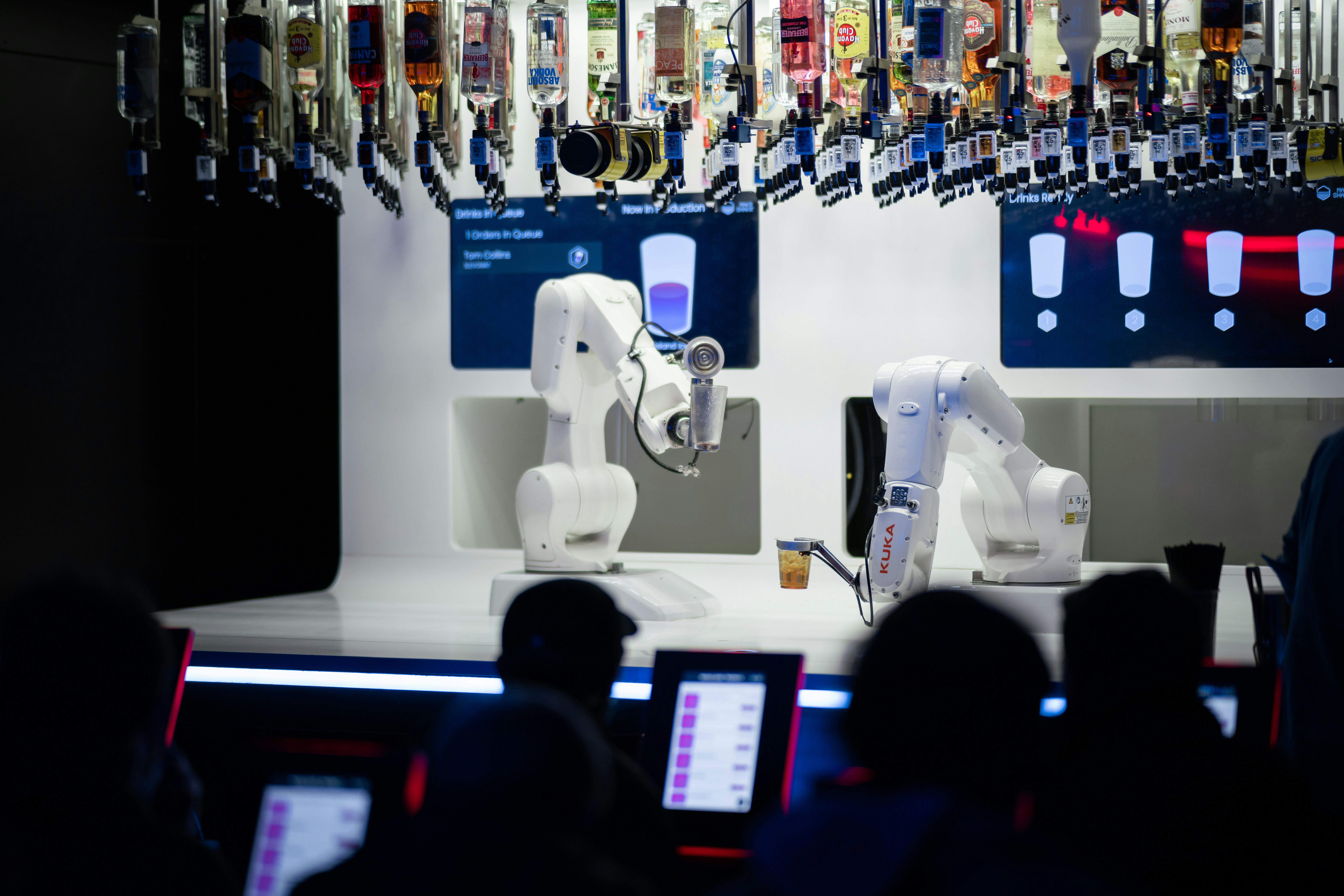Senior Controls Engineer
Leamington Spa Bespoke Automation Full-Stack Control Systems Design
You don’t just program PLCs… you architect control systems.
If you know what Structured Text, EtherCAT, and motion synchronisation mean — and you like that they mean something — then keep reading.
We’re looking for a hands-on, solutions-driven Controls / Software Engineer to take the reins on full lifecycle automation projects. From early-stage design through to commissioning and validation, you’ll build elegant logic for machines that don’t yet exist.
You won’t be stuck patching someone else’s dodgy ladder logic. You’ll be designing clean code from scratch, helping shape the system, and driving innovation with a team that lives and breathes automation.
What You’ll Actually Do:
Design and develop PLC and HMI/SCADA software for special purpose machinery
Work across motion control, servo systems, sensors, comms protocols — the full works
Get involved from concept and quoting, all the way through to FAT/SAT and customer handover
Write smart, modular, and documented code (we’re not just slapping logic together)
Collaborate with mechanical, electrical, and software teams to make machines sing
The Kind of Engineer We're After:
You don’t need to tick every box — we’re looking for curious, capable engineers who enjoy solving problems and getting hands-on with machines.
Experience designing PLC/HMI systems from scratch (5 years ideal)
Understanding of servo motion control and protocols like Profinet, EtherCAT, or similar
Comfortable coding in Structured Text
Bonus points for exposure to SCADA/MES, .NET, SQL, robotics, vision systems, or regulated environments
Above all, someone who takes pride in clean code, practical problem-solving, and working as part of a team
Why This Role Stands Out:
R&D feel with real-world engineering – each project is unique
Autonomy to lead the controls side of complex builds
Smart team, minimal red tape, full ownership
Modern kit, no legacy fluff, and continuous innovation baked in
A culture where engineers are respected, not micromanaged
If you’ve ever spent your own time perfecting a state machine, tweaking servo tuning, or building reusable code libraries just because you care — this is your place.
Apply with your CV — or send over a project you’re proud of.
And if you don’t meet every requirement but believe you’d thrive in this kind of environment, we’d still love to hear from you


